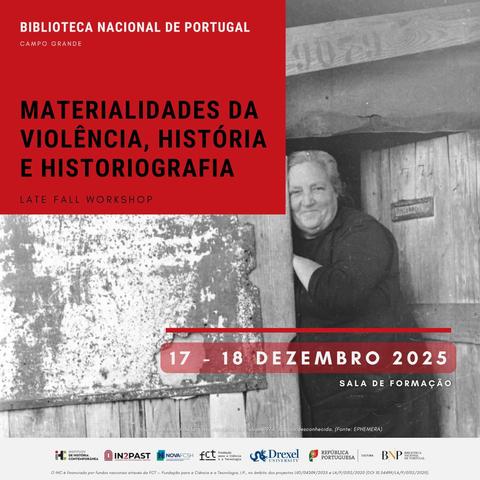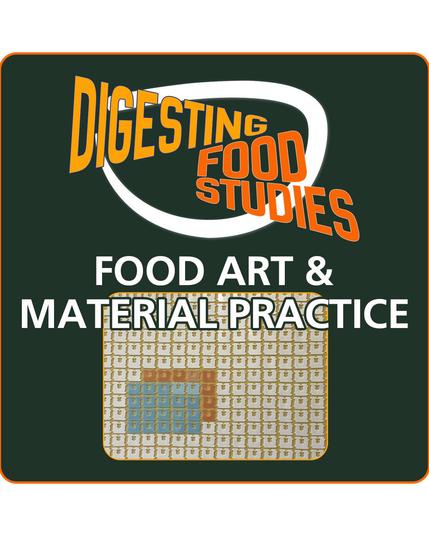🍂 O 'Late Fall Workshop', que organizamos anualmente com a Drexel University, regressa à Biblioteca Nacional de Portugal nos dias 17 e 18 de Dezembro. Pelo segundo ano, continuará a analisar a #violência enquanto objecto da história, sob o título "Materialidades da violência, história e historiografia".
✍️ Inscrições: martamacedo@fcsh.unl.pt
ℹ️ https://ihc.fcsh.unl.pt/events/materialidades-violencia-historia-2025/
#Histodons #Historiography #Materiality #Violence #Historiografia #Materialidades #EnvHist #HistoryOfScience #HistóriaAmbiental


























